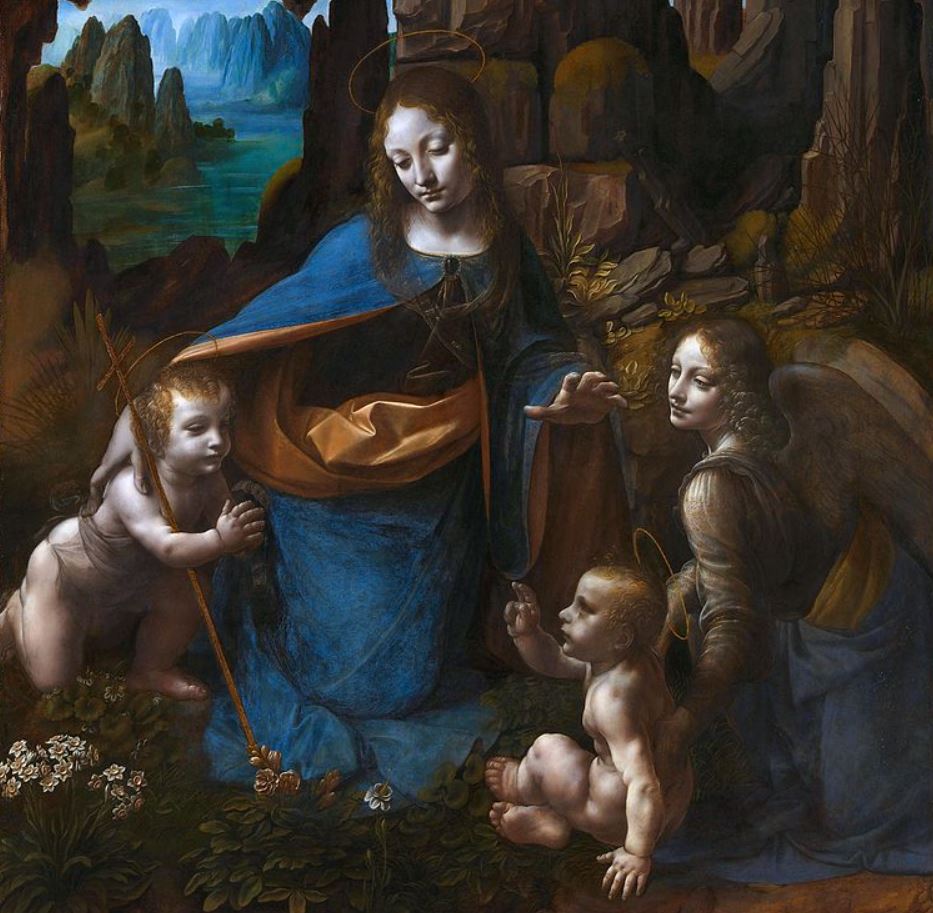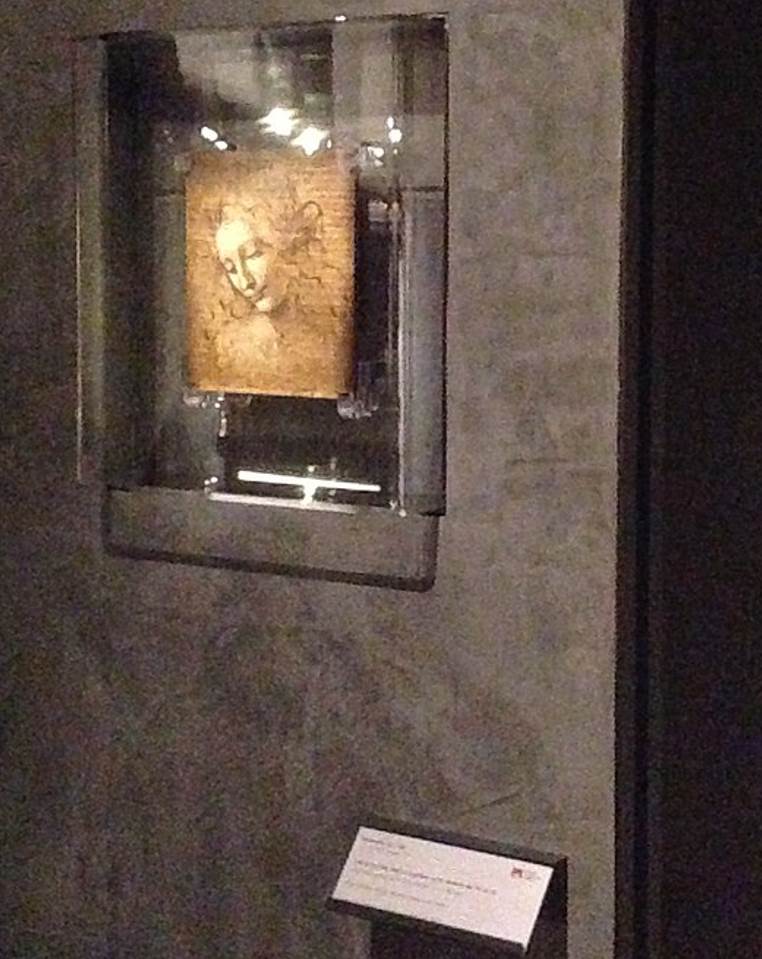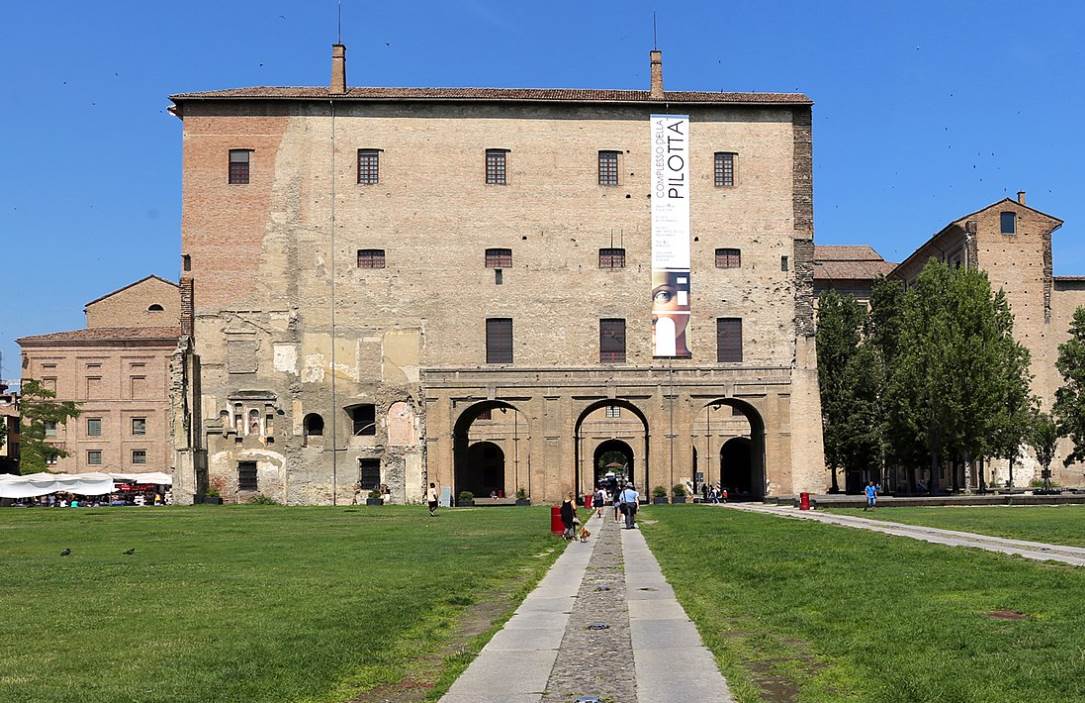Although the attribution of this small painting is contested by some of the most prominent art historians in the world, it bears all characteristics of the style of a famous Italian artist.
Leonardo da Vinci (1452-1519) was a procrastinator whose busy mind often got in the way of completing work. He certainly regretted this when his final moments came closer.
He developed a particular painting technique that can be admired in many of his most famous drawings and paintings.
In this article, you’ll discover some of the most interesting facts about La Scapigliata, a small painting possibly painted by the Renaissance master.
1. It was completed in the first decade of the 16th century
La Scapigliata is the title of a painting that has gone by a wide range of names throughout its history, mainly because of its mysterious nature.
Some of these include Head of a Woman, Head of a Young Woman, Head of a Young Girl, Head and Shoulders of a Woman, Portrait of a Maiden, and Female Head.
The general consensus is that this painting was completed somewhen between 1506 and 1508, a time when Leonardo da Vinci was living in Florence.
He later moved back to Milan (1508–1513) and spent some time in Rome, before moving to his final destination in France where he passed away in 1519.

2. It depicts an unidentified woman who has wavy hair
La Scapigliata translates to “The Woman with the Untidy Hair.” This is a reference to the wavy hair of the down-gazing woman in this work.
The identity of the woman remains a mystery and because the painting remained unfinished, it’s hard to make comparisons with other portraits from this period.

3. It’s possible that it was commissioned by a powerful woman of the Renaissance
One suggestion that is likely to be true is that this work was commissioned by Isabella d’Este (1474-1539), the Marchioness of Mantua.
The suggested theory is that she commissioned this work and gave it to her son Federico II as a wedding gift for his marriage to Margaret Paleologa.
She was a known patroness of the arts and had commissioned a portrait from Leonardo before. She also commissioned works from other artists, including Perugino, Titian, and Raphael.

4. Did Leonardo da Vinci paint La Scapigliata?
Some art historians believe that this painting was the work of one of Leonardo’s pupils. Others simply dismiss the notion that it was painted by the hand of the Italian master.
The quality of the work is amazing and this alone makes it likely that Leonardo created it. There are two other reasons that point in his direction.
- It remained unfinished – Leonardo was a serious procrastinator and left numerous works unfinished.
- It’s the epitome of sfumato – Da Vinci developed this painting technique which softens the transition between colors.
Many other paintings by Da Vinci bear this signature technique, including his famous Mona Lisa Painting. The incredible quality of La Scapigliata certainly makes it likely that Leonardo created it.

5. It was completed around the same time as Da Vinci finished his most notable drawing
This small painting was completed around the same time that he completed one of his most famous drawings titled “The Virgin and Child with Saint Anne and Saint John the Baptist.”
This work is also known as the “Burlington House Cartoon,” a reference to the mansion in London where it once resided. Today, it’s part of the collection of the National Gallery in London.
Although this drawing is much larger than the small painting described in this article with dimensions of 141.5 × 104.6 centimeters (55.7 × 41.2 inches), the style is very similar.

6. It might have been a preparatory work for another famous da Vinci painting
Another theory is that this painting was a preparatory work for the second version of Da Vinci’s Virgin of the Rocks.
He already completed the first version between 1483 and 1486 and this work is part of the collection of the Louvre in Paris.

He presumably started working on the second version in 1495 but didn’t complete it until 1508. That’s about the same time that he completed La Scapigliata.
The second version of the Madonna of the Rocks is referred to as the “London Version” because it’s part of the collection of the National Gallery in the city.
The resemblance between the woman’s head in the small painting and in this large work of art is indeed striking.

7. How big is La Scapigliata by Leonardo da Vinci?
Not only is this a small painting, but it was also produced using remarkable materials. It was painted on a small poplar wood panel using oil, umber, and white lead pigments.
La Scapigliata by Leonardo da Vinci is very small as it only has dimensions of 24.7 × 21 centimeters (9.7 × 8.3 inches).

8. Where is the painting located today?
A letter from 1531 confirms the theory that Isabella d’Este gave this painting to her son after which it hung in the bedroom of Federico II and Margaret Paleologa.
It remained at the Ducal Palace for many decades and was probably mentioned once again in 1627. This is also when it got its name as it was described as follows:
A painting depicts the head of a disheveled (untidy) woman… by Leonardo da Vinci.
The first certain reference to the painting came in the 19th century when it was offered as part of a larger collection to the Accademia di Belle Arti di Parma.
It eventually entered the collection of the Galleria Nazionale di Parma in 1839 and remains part of the museum’s collection today.



